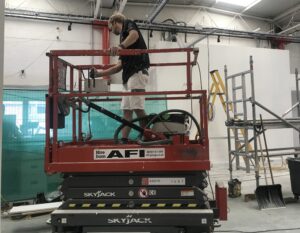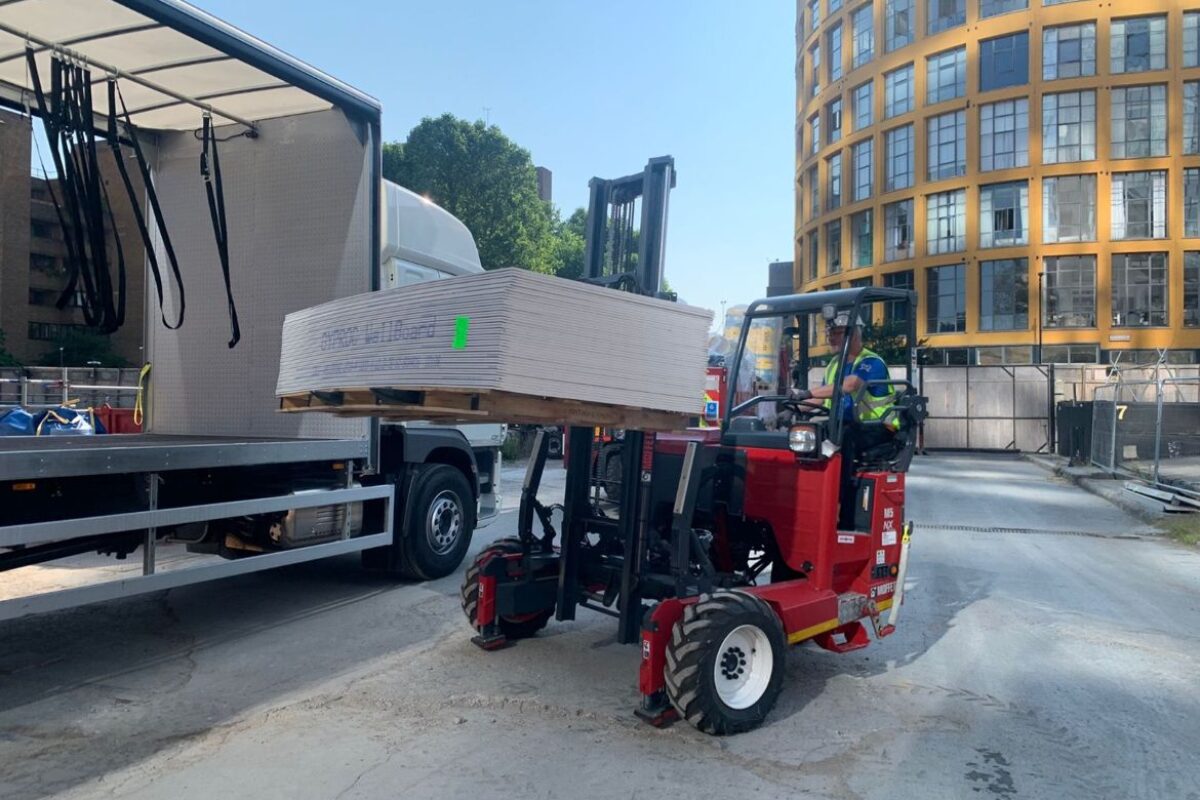What is plasterboard?
Plasterboard is also sometimes referred to as wallboard or drywall, and it’s typically used for walls and ceilings to create a smooth finish. Plasterboard is made from gypsum (calcium sulphate dihydrate) that’s mixed with water before being layered between two large sheets of paper to create a sturdy board
The benefits of using plasterboard include:
Ease of installation
100% recyclable
Gypsum’s natural fire resistant properties
Easy ‘removable’ option for smoothing out walls in re-fit and renovations
Providing cavity space for insulation, m & e etc
What is the difference between plasterboard and plaster?
Traditional plaster is a paste that is applied to walls before being left to dry to create a smooth finish. Plasterboard is a more recent invention, providing the same smooth finish but with a much easier, quicker and cost-effective installation process.

What type of board is best suited to my project?
In some applications you may only need to use one type of board, though most large projects will require the use of multiple board types depending on the application area and the job you or your client requires the board to do
The most common types include
Moisture board is the best type of plasterboard to use where moisture is likely to be present such as kitchens and bathrooms. Typically contains silicone additives to boost it’s moisture resistant qualities helping to reduce the risk of insulation mould.
Acoustic board helps with soundproofing due to it’s higher density over standard board and the inclusion of other key core materials such as fibreglass. Good for use on ceilings to minimise sound transmission between floors. For increased acoustic blocking properties can be used in conjunction with APR insulation.
Flexiboard also known as v-cut or radius board, contains cut grooves in the board which allow it to curve and shape around awkwardly shaped spaces, curved walls and complex internal features such as columns or arch ways
Fire board has additional treatments and key core materials that give it improved fire resistant qualities over standard board. Often used for applications such as emergency exits, stairwells, elevator shafts, fire suppression walls and basements that require the increased level of fire resistance
Foil backed vapor shield is standard plasterboard with a thin foil backing. Used where an effective vapour barrier as well as a plasterboard lining are required. Suitable for areas of low humidity or splashing, for higher humidity applications such as wet or shower rooms, moisture board is recommended
Multi-board also known as 4 in 1 board contains improved fire, acoustic, moisture and thermal performance over standard boards. May be an expensive option where improvements in all areas of performance are not required. But remains a cost effective and easily repairable option where improvements in all areas are required to meet building regulations


